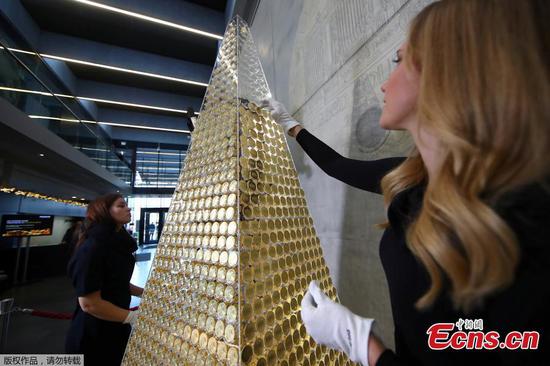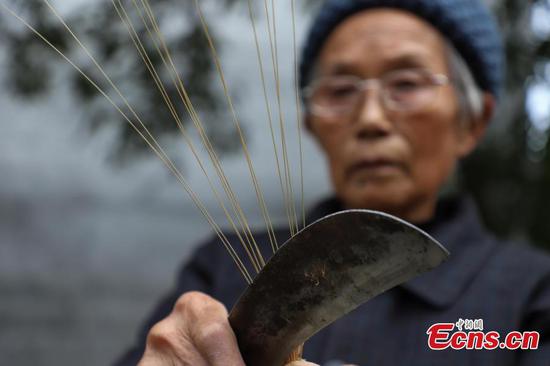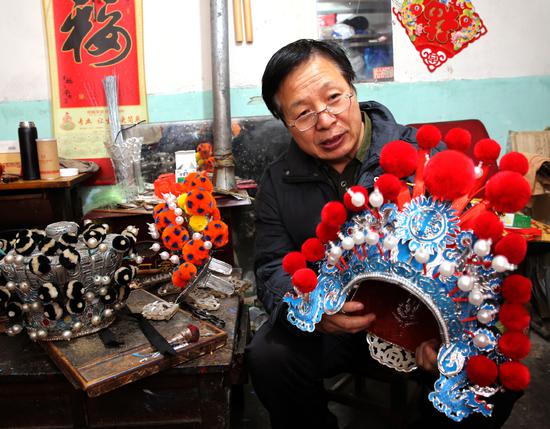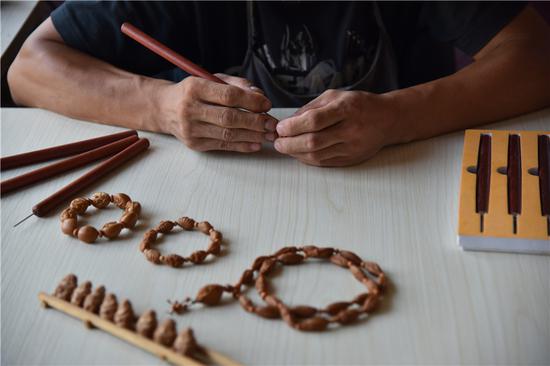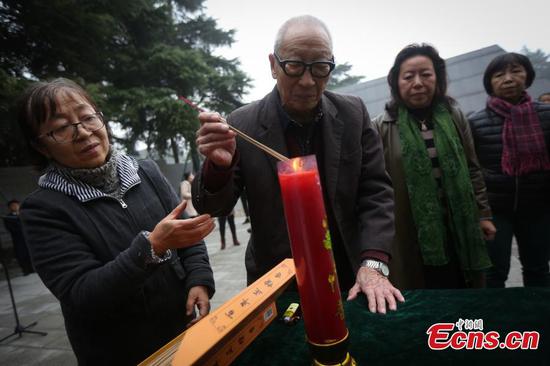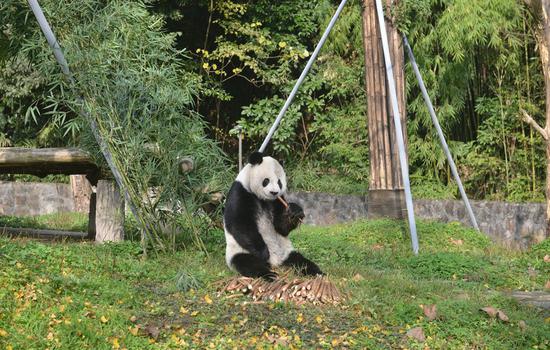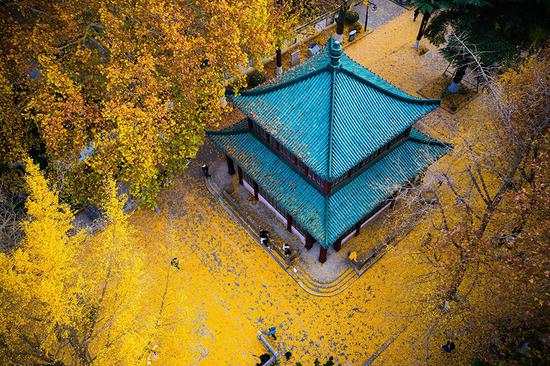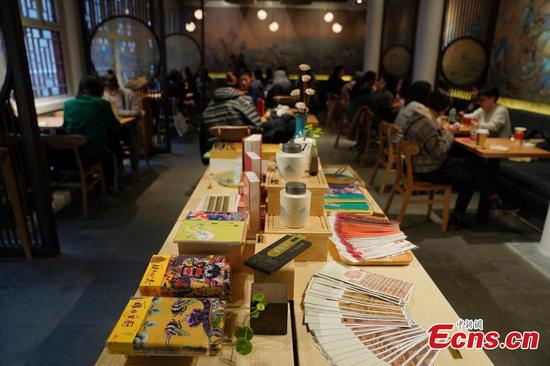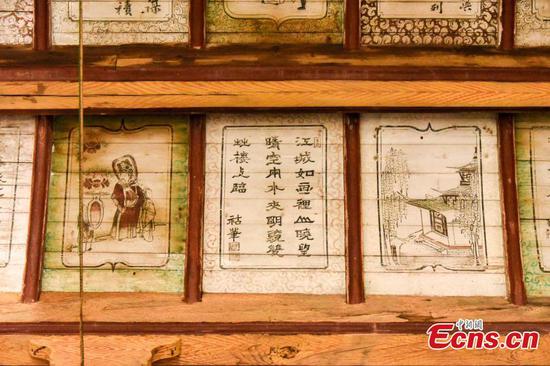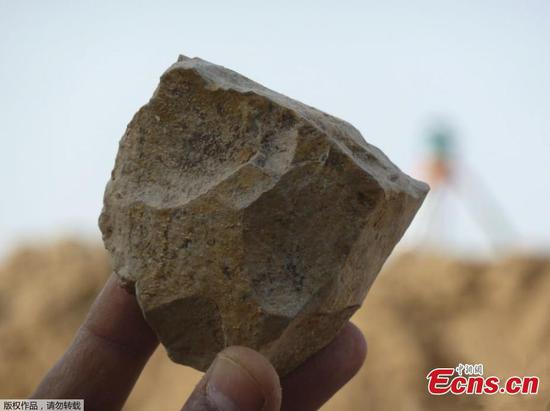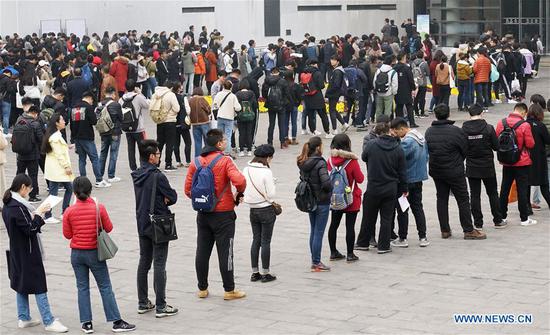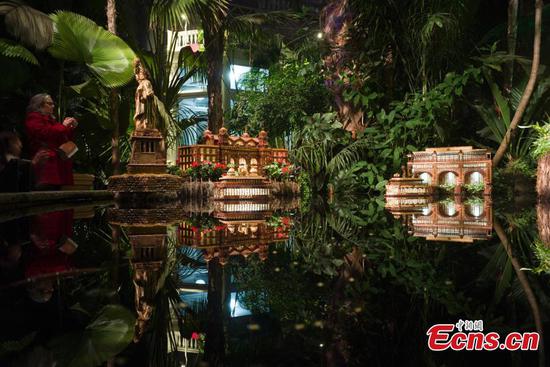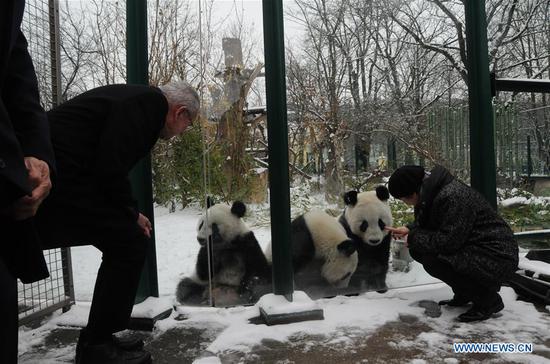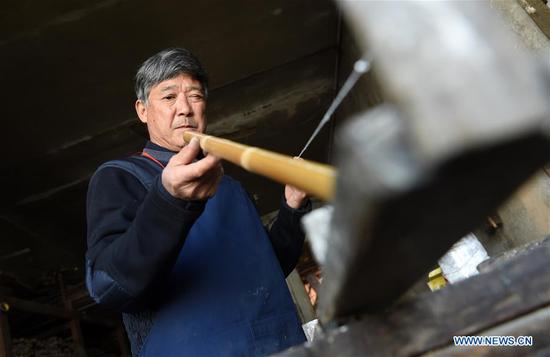With more highrises and plants popping up on the city's landscape due to the speed of economic development, China has stepped up its efforts to refine land use for higher efficiency and more output.
Likening such refinement to an "embroidery type of work," Huang Yan, deputy minister of Housing and Urban-Rural Development, said the efforts were aimed to increase the livability of a city and reflect local specialties.
Instead of rampant demolition and construction, the refined urban planning should retain the history and characteristics of a city, focus on minor renovation when necessary and take into consideration residents' opinions.
The old practices of seeking quick success and instant benefits in urban construction should be abandoned, as China no longer wants drastic urbanization based on high debts, Huang said.
After 40 years of economic reform, China's urbanization rate has surged to 58.52 percent in 2017, up 40.61 percent from that in 1978, data from the National Bureau of Statistics showed.
Currently, China has more than 660 cities. Some 20 city clusters of different sizes host 75 percent of urban permanent residents and generate about 88 percent of the country's total gross domestic product.
Each year, some 16.44 million people move into cities from rural areas. By the end of 2017, China's total urban permanent residents amounted to 810 million.
To meet the growing land use demand in cities, the Chinese government has been encouraging the cyclic utilization of abandoned or poorly-used land, especially mining sites and obsolete industrial premises and warehouses.
Data from the Ministry of Natural Resources (MNR) showed seven provincial regions have finished 14,800 redevelopment projects, covering an area of 46,100 hectares by the end of 2017.
An MNR survey based on around 560 Chinese cities showed China's land consumption per unit of GDP fell from 104.8 hectares per billion yuan in 2011 to 90.7 hectares per billion yuan in 2016.
Such refinement has caused the proportion of construction land to overall land supply in eastern China's Zhejiang Province to rise from 32.3 percent in 2014 to 37.2 percent in 2016.
The renovation of poorly-used land also attracted the inflow of private capital. In Jiangsu, an aggregate fund worth some 202.38 billion yuan has been raised from private enterprises, which facilitated the increase of investment and fostered new growth engines.
Higher use efficiency of construction land also allowed Shanghai to expand the city's green land area by 30 percent. Guangdong Province in southern China used these lands to build 1,201 public utilities and add a green land area of 597.35 hectares.
In Chongqing, the local municipal government plans to reconstruct some 133.33-hectares of garbage sites into 92 sports and culture parks for local communities.
As more Chinese people yearn to live a quality life with exquisite living facilities, bionical architecture has become a hit. In Shanghai, a 65-meter-deep stone quarry has been reconstructed into a five-star hotel with 16 stories beneath the ground level and a well-designed landscape, which opened in November.
Cheng Andong, former governor of Shaanxi Province, said the key to boosting urbanization is to advocate differentiated development, improve the quality of urbanization and optimize the spatial layout so that cities, large or small, can develop side by side.
By 2020, about 60 percent of Chinese will live in cities permanently, which is lower than the 70 percent for the developed economies, he said. "That means a potential for future development."
Along with the development, Huang Yan said it was significant for the Chinese city planners and constructors to bear efficiency in mind and "do an elaborate job as if they were doing embroidery."









